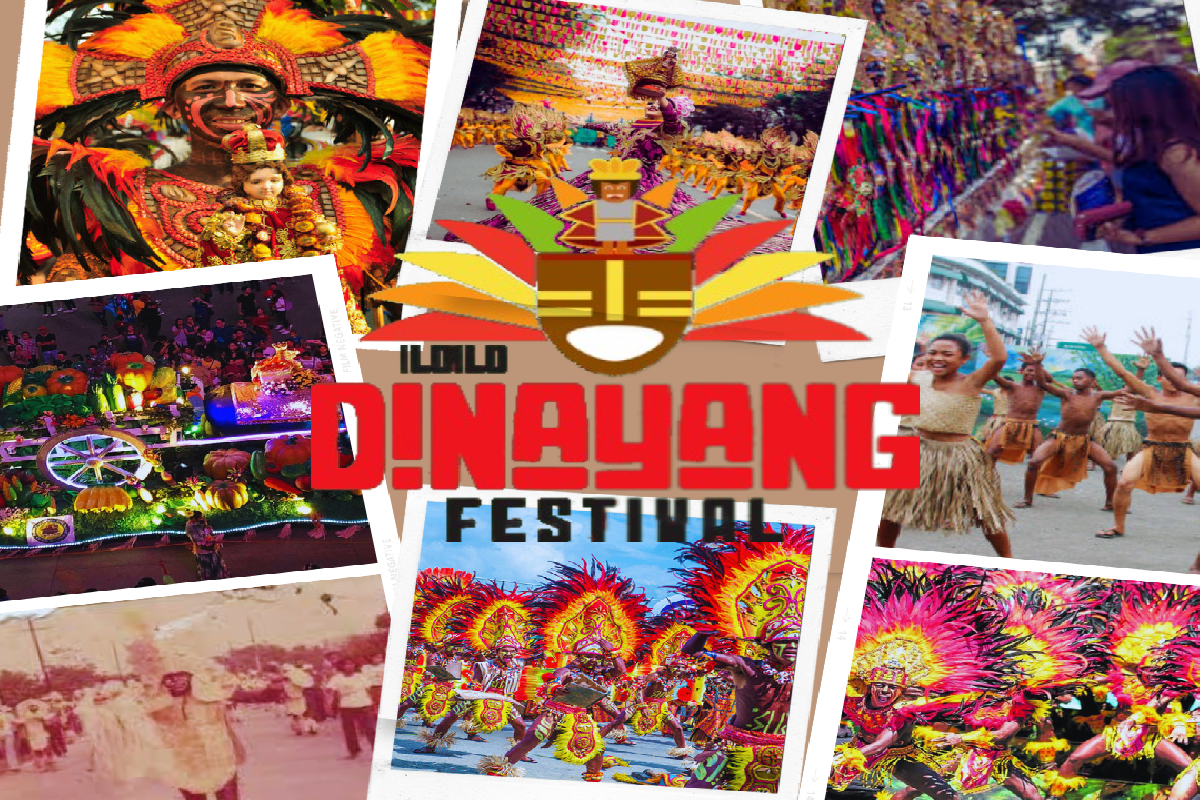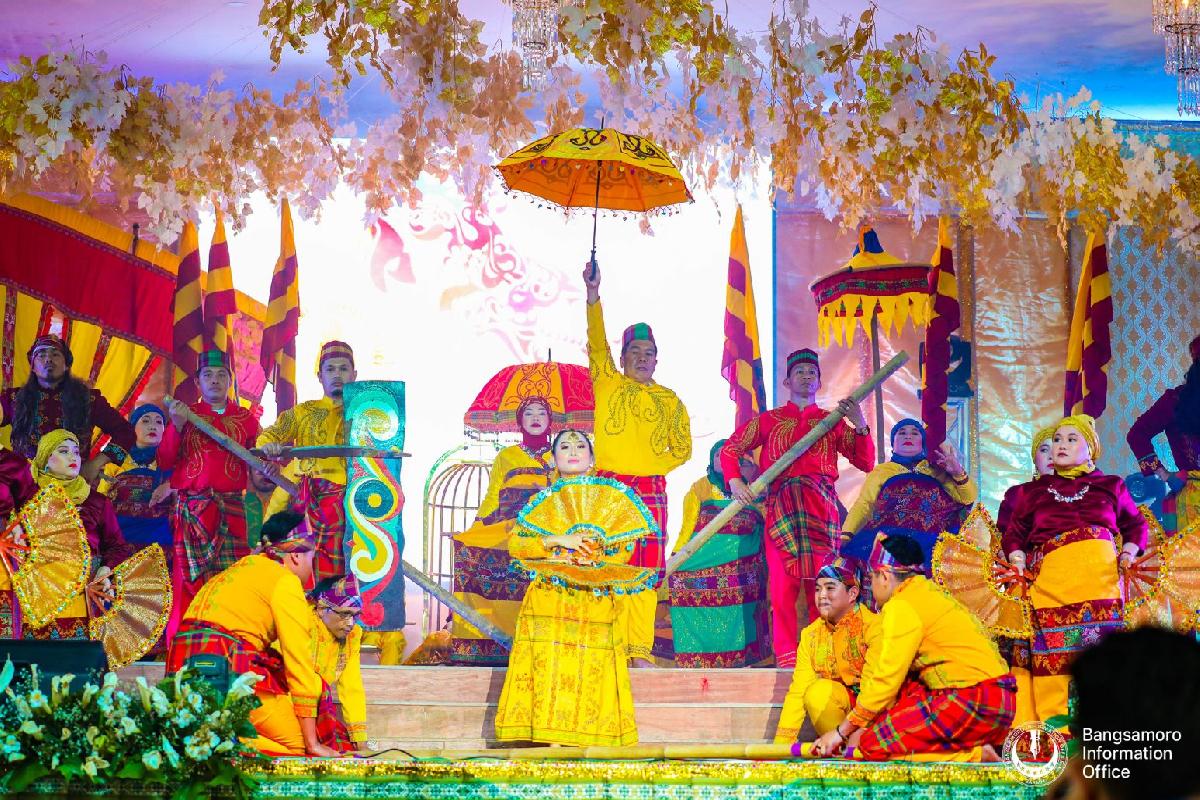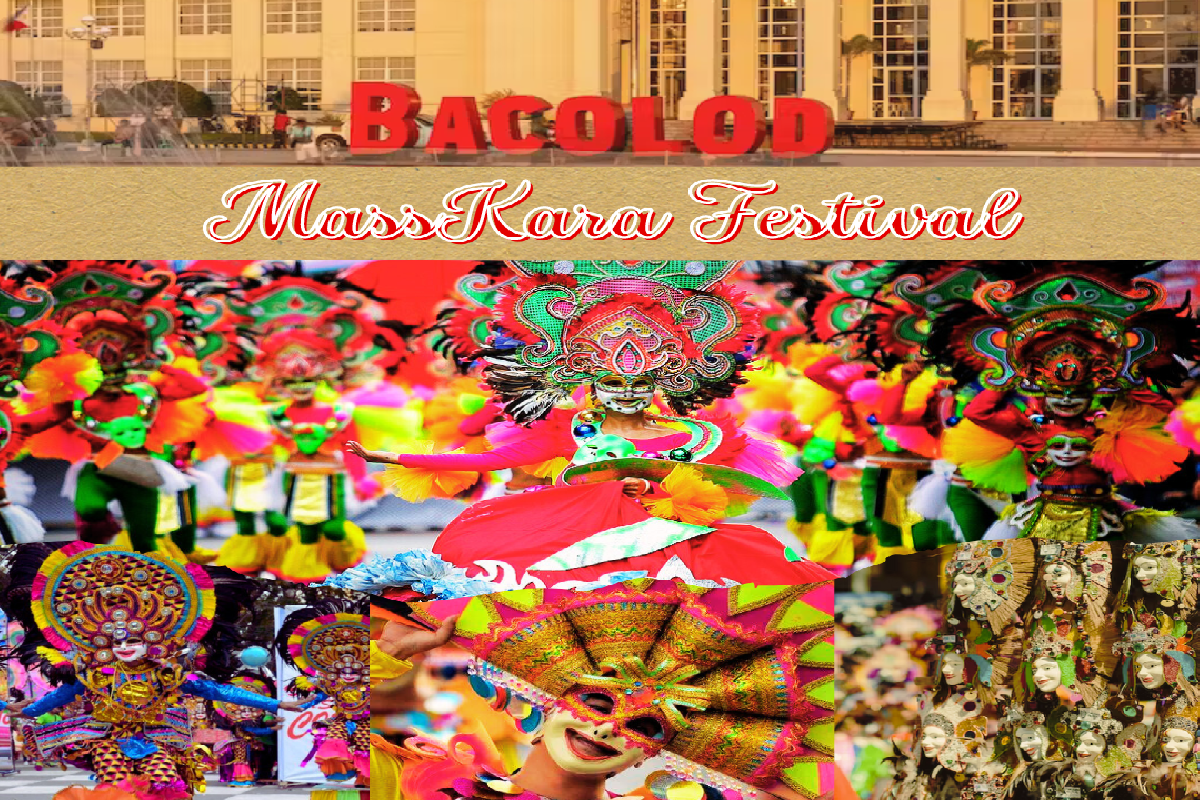Dinagyang Festival
The Dinagyang Festival, a vibrant celebration in Iloilo, derives its name from the Hiligaynon word "dagyang," which translates to "merrymaking" in English. This name perfectly encapsulates the spirit of the festival, deeply rooted in the local culture and history of the region.The vibrant and colorful celebration in Iloilo City, Philippines, is deeply rooted in history and tradition. Its origins trace back to 1967 when a replica of the Santo Niño arrived at San Jose Parish Church, inspiring local youth to organize a religious and cultural procession. The pioneers of Dinagyang, led by Ramon "Chavitos" Divinagracia, worked tirelessly to shape this vision into a reality.
In 1968, the first Dinagyang Festival marked its official beginning, commemorating the Santo Niño's arrival and expressing gratitude for bountiful harvests. This inaugural event held immense historical significance, setting the stage for what would become one of the Philippines' most renowned festivals.
At its heart, Dinagyang is a religious festival that beautifully blends faith and festivity. Devotees and participants dress in vibrant and intricately designed costumes as they dance and offer their reverence to the Santo Niño. This unique combination underscores its cultural importance and sets Dinagyang apart from other celebrations.
Dinagyang also draws inspiration from the Ati-Atihan Festival of nearby Kalibo, Aklan, which predates it. The Ati-Atihan celebrates the arrival of Malay settlers and their befriending of indigenous Ati people. Dinagyang echoes this spirit of friendship and unity as it tells the story of the arrival of the Santo Niño and the conversion of indigenous people to Christianity.
Over the years, Dinagyang has evolved into a grand spectacle, captivating both locals and tourists alike. The Ati-Atihan competition remains a centerpiece, showcasing the artistic talents and creativity of various participating groups. Dancers, musicians, and performers collaborate to create breathtaking routines that narrate the story of the Santo Niño and the history of Iloilo.
The festival spans an entire week, with each day offering something unique and enchanting. It begins with a grand opening salvo, featuring music and dance performances that set the celebratory tone. Devotees join processions carrying the image of the Santo Niño, both on land and along the Iloilo River, in fluvial and solemn processions.
The Ati-Atihan Contest takes center stage, with participants often donning traditional Visayan attire, competing in street dancing while showcasing their choreography and creativity. The city streets come alive with color and rhythm during this competition.
Elaborately decorated floats depicting religious and cultural themes parade through the city's streets, adding a touch of artistry to the festivities. Meanwhile, the Drum and Bugle Corps Competition highlights musical prowess as marching bands compete for top honors, filling the air with stirring melodies.
The festival also includes the Miss Dinagyang Pageant, which crowns Miss Dinagyang and adds a touch of glamour to the celebration. This cultural extravaganza concludes with a spectacular fireworks display that lights up the night sky, leaving a lasting impression on all who witness it.
In summary, the Dinagyang Festival is not just a sensory delight; it's a reflection of Iloilo City's rich history, tradition, and devotion to the Santo Niño. With its roots in 1968, it has evolved into a grand celebration that beautifully blends faith and festivity, drawing inspiration from the Ati-Atihan Festival. Throughout the week, various events and activities showcase the cultural significance and artistic talents of the region, making Dinagyang a must-see for anyone seeking to immerse themselves in the vibrant tapestry of Philippine culture.
Show More






Comments